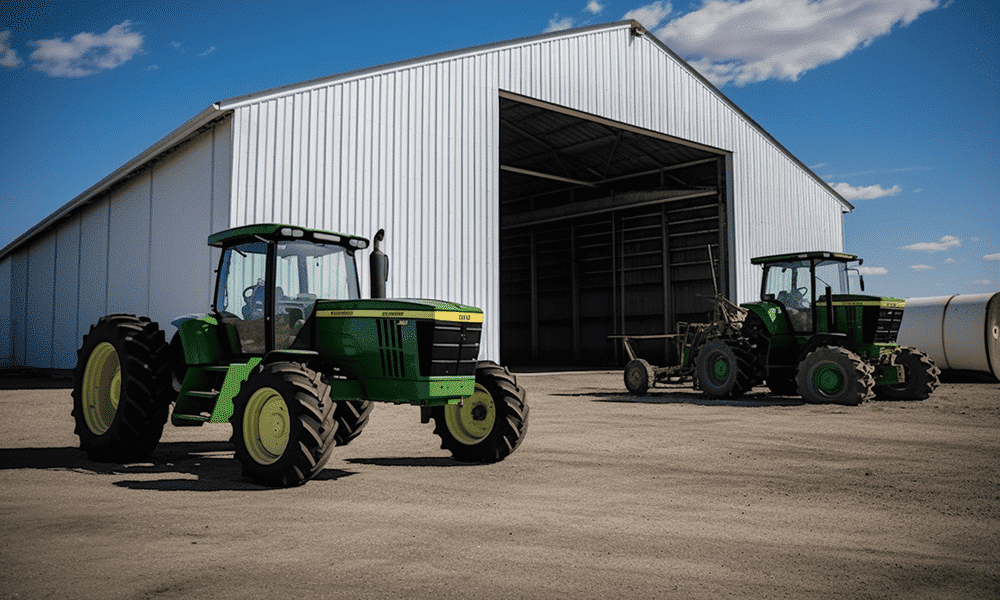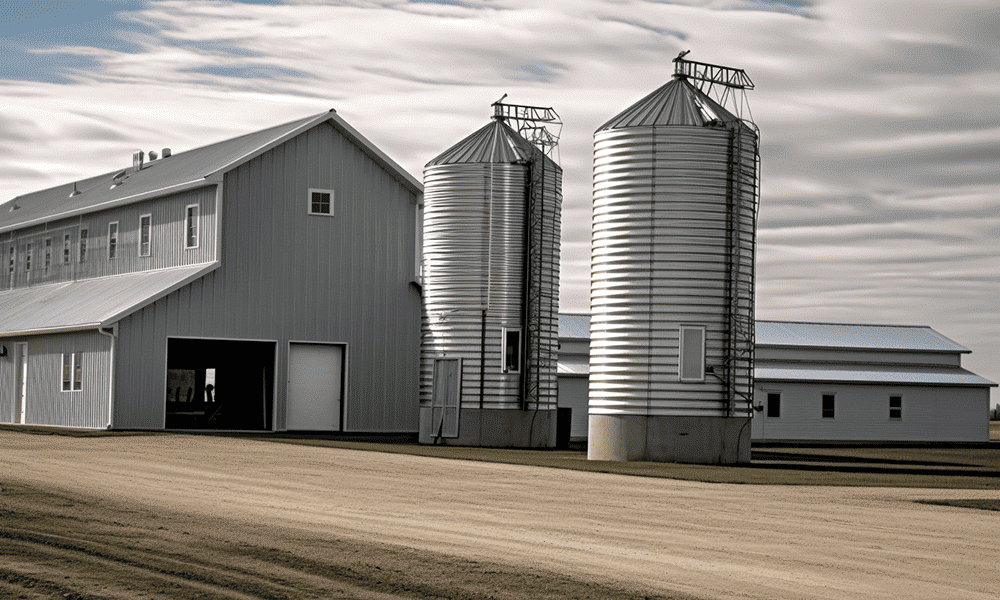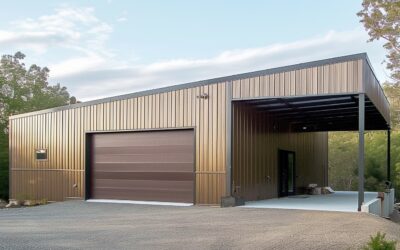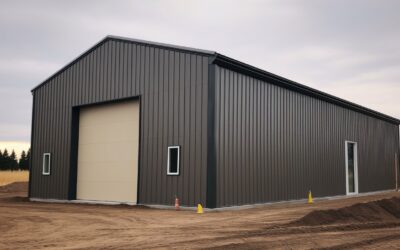Sprouting Strength: How Steel is Growing Canadian Agriculture
When you contemplate the Canadian agricultural landscape, it is likely your mind pictures vast fields of golden wheat swaying gently in the wind, or long rows of verdant green vegetables reaching towards the sun. But there’s another component that’s becoming equally as common and integral to this distinct tableau. It’s not organic, it doesn’t grow out of the ground, but it is absolutely vital for the industry’s burgeoning success: it’s steel. The strength and durability of this metal are a big part of why steel is growing Canadian agriculture.
Critical Role of Steel in Canadian Agriculture
Steel has a pivotal utility in modern Canadian agriculture. It forms the backbone and skeletal system of many significant agricultural assets like stability of steel farm buildings, crucial farm buildings, and indispensable equipment shelters. So why is steel such a crucial player in the agriculture industry?
The High-Stakes World of Agricultural Infrastructure
Agriculture isn’t as simple as sowing and reaping. It’s a high stakes arraignment where each decision can impact the bottom line. And when it comes to accommodating the needs of crops, livestock, and machinery, having strong, long-lasting structures plays a pivotal role. Achieving this requires not only careful design but also the right materials.
And it is in these critical factors that Agri-Building Specialists and others in their league have excelled. Utilizing steel in the construction of agricultural buildings has proven to mitigate the bulk of these challenges.
Steel’s Advantage in Agricultural Infrastructure
Steel’s benefits over other construction materials like wood or brick, helps in constructing efficient, resilient, and sustainable agricultural buildings. Steel is resistant to many of the natural threats that can damage or destroy other types of structures, like pests or harsh weather conditions.
Strength and Stability of Steel
The stability of steel farm buildings is unrivaled. Capable of withstanding extreme climates and heavy loads, these durable structures provide a solid foundation for an industry that stands at the mercy of the weather. Hence, steel is growing Canadian agriculture by fortifying it against fluctuating environmental conditions.

Sustainable, Efficient, and Cost-effective
Aside from being robust, steel buildings are also eco-friendly and cost-effective. Steel structures like equipment shelters and farm buildings are often pre-engineered, thereby reducing construction waste and cost. Furthermore, steel’s recyclability makes it an environmentally friendly choice for the green-conscious farmer.
Farm Buildings that Stand the Test of Time
Steel also provides long-term benefits with its outstanding durability. Unlike their wooden counterparts that could rot or warp over time, steel farm buildings are made to last. Investing in steel buildings means worrying less about maintenance costs or replacement expenses down the line.
Future of Steel in Canadian Agriculture
The use of steel in Canadian agriculture infrastructure is undoubtedly a mainstay. Its multitude benefits – from strength, resilience, efficiency, to cost-effectiveness – make steel growing Canadian agriculture a natural progression in this rapidly advancing industry.
Thriving through Innovation
The continuous innovation in the steel industry also promises more advanced, sustainable, and efficient solutions for the agricultural sector. Already, advancements like smart steel buildings that integrate technology for climate control and automated systems are showing up on the horizon, bringing farming into the future.
In conclusion
So next time you think about Canadian agriculture, picture not just the golden wheat or the verdant veggies. Imagine a landscape dotted with steel structures, providing a solid foundation, sheltering crucial equipment and livestock, and consequently fortifying an industry that feeds the nation. Truly, the strength of steel is growing Canadian agriculture, driving it towards increased sustainability, productivity, and success. In a rapidly industrializing world, it seems steel’s contribution to agriculture is just getting started.





